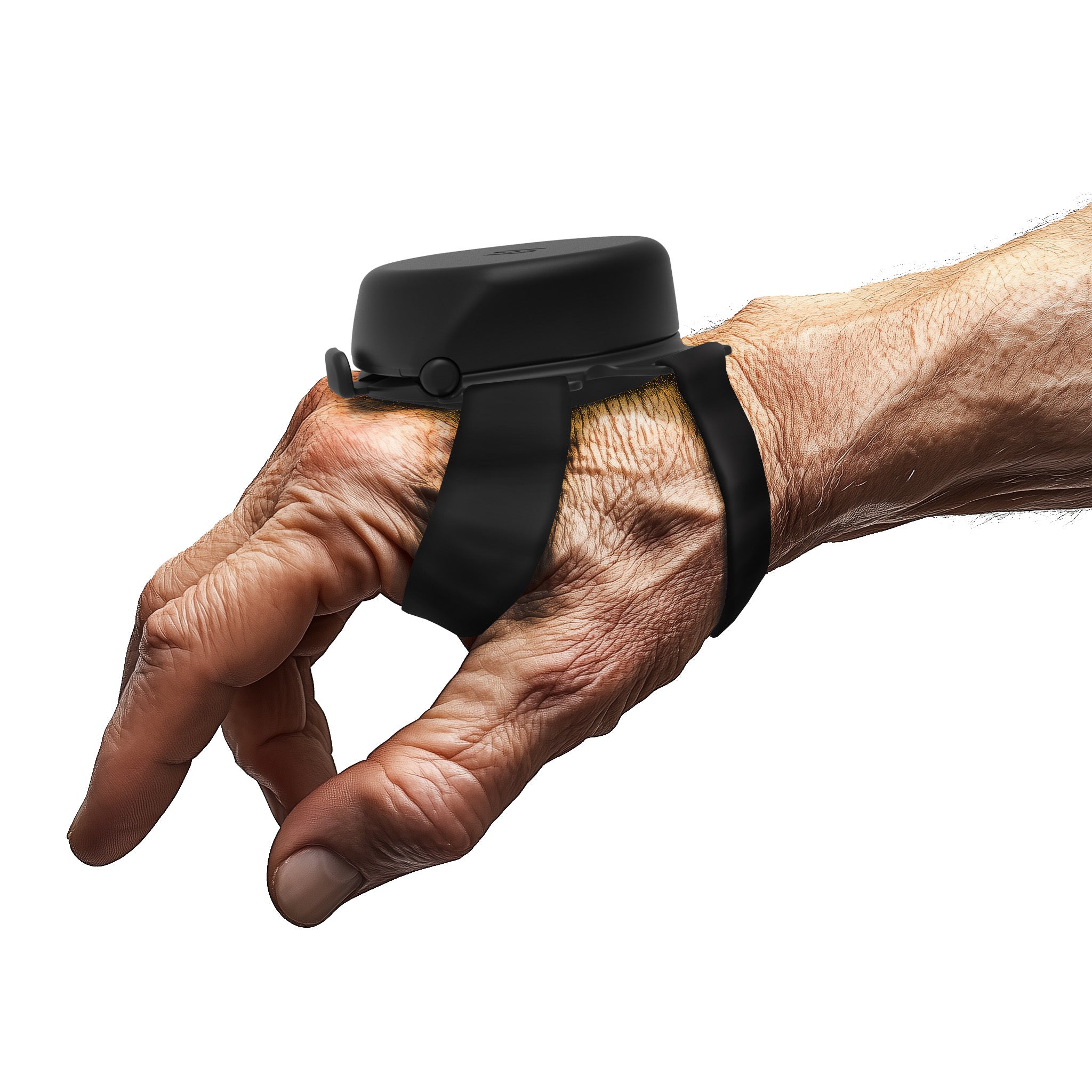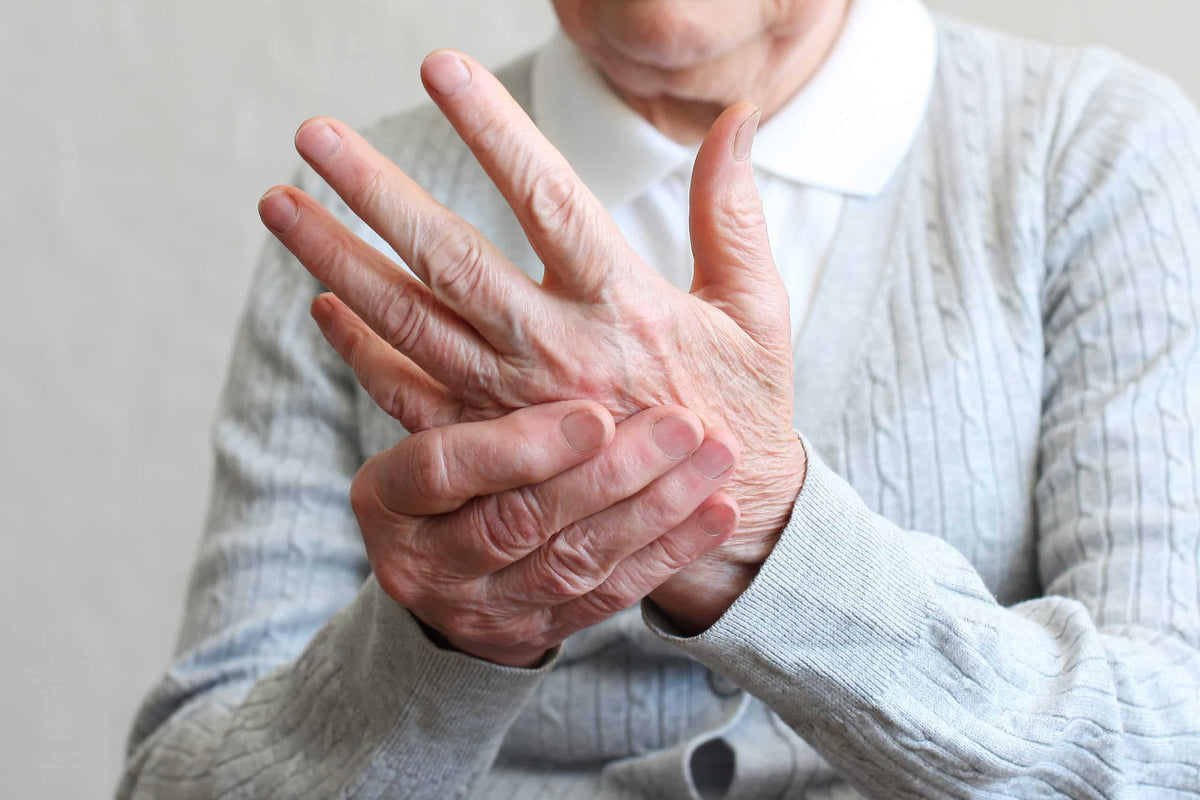Living with Essential Tremor (ET) can be frustrating, even disabling. Whether you're trying to hold a cup, write a note, or steady your head for a photo, persistent tremors can steal away your independence. While medications and surgeries exist, not all patients respond well to them or are willing to undergo invasive procedures. That’s where Botox for Essential Tremor enters the conversation — offering a non-surgical and increasingly validated solution for hand, head, and voice tremors.
In this blog, we’ll explore how Botox for tremors works, its effectiveness, safety, cost, and whether it’s right for you or your loved one. Let’s dive into this life-changing treatment.
What Is Essential Tremor?
Essential Tremor is a neurological condition characterized by rhythmic, involuntary shaking, most commonly in the hands, but also affecting the head, voice, legs, and trunk. Unlike Parkinson's Disease, ET isn’t typically associated with other motor symptoms like stiffness or slowness of movement. However, it can still severely interfere with daily tasks like:
-
Writing
-
Eating or drinking
-
Speaking
-
Applying makeup
-
Holding a phone
Estimates suggest that over 10 million people in the United States alone live with Essential Tremor, making it the most common movement disorder. Despite its prevalence, many remain undiagnosed or are told it’s simply a part of aging.
What Is Botox and How Does It Work for Tremors?
Botulinum toxin (Botox) is a purified neurotoxin originally developed for cosmetic purposes, like smoothing wrinkles. But in medical applications, it has been proven to block nerve signals to muscles, causing a temporary reduction in muscle activity. This property makes Botox an effective treatment for various neuromuscular disorders, including:
-
Dystonia
-
Spasticity
-
Migraines
-
Hyperhidrosis (excessive sweating)
When it comes to Botox for tremors, the treatment works by selectively weakening the overactive muscles responsible for tremor movement. The toxin is injected directly into the affected muscles using a fine needle guided by electromyography (EMG) or ultrasound for precision.
For those with hand tremors, this could mean injections into the forearm or wrist flexor muscles. In head tremors, the neck muscles — like the sternocleidomastoid or trapezius — might be targeted. This approach has been shown to reduce tremor amplitude without causing complete muscle paralysis.
Botox for Hand Tremors: Precision in Motion
Hand tremors are the most common and functionally limiting manifestation of Essential Tremor. Botox for hand tremors is increasingly becoming a viable solution, especially for those who don’t respond to traditional medications like propranolol or primidone.
How It Helps:
-
Weakens the overactive wrist and finger muscles
-
Reduces the involuntary shaking without full muscle paralysis
-
Improves the ability to write, type, eat, and drink
Studies Supporting Efficacy:
A 2012 clinical trial published in Movement Disorders found that botulinum toxin injections reduced tremor severity in 65% of ET patients, with minimal impact on grip strength. Another 2016 study using kinematic tremor analysis showed that a tailored Botox regimen significantly improved quality of life and hand function.
Botox for hand tremors is most effective when guided by EMG or motion analysis, allowing the clinician to pinpoint the specific muscle groups involved.
Botox for Head Tremors: Regaining Social Confidence
Head tremors, also known as “no-no” (side-to-side) or “yes-yes” (up-and-down) movements, can be particularly distressing. These tremors often impact self-esteem and hinder social interaction.
Botox for head tremors provides a non-invasive option when oral medications fail or produce intolerable side effects.
How It Works:
-
Injections are targeted into the neck muscles that control head movement
-
Relieves oscillation while preserving head mobility
-
Helps reduce associated muscle fatigue and neck pain
Evidence and Case Studies:
Research indicates that patients receiving Botox for head tremors experience significant relief within 1 to 2 weeks, with effects lasting up to 3–4 months. A 2020 review in the Journal of Neurology confirmed consistent improvement in both tremor frequency and intensity after neck muscle injections.
Botox may also help patients with both cervical dystonia and head tremor simultaneously — a frequent clinical overlap.
Comparing Botox to Other Tremor Treatments
Botox is typically considered a third-line treatment after medications and before or instead of surgical options like Deep Brain Stimulation (DBS).
|
Treatment |
Invasiveness |
Duration |
Side Effects |
Best For |
|
Oral Medication |
Low |
Daily |
Fatigue, dizziness |
Mild-moderate tremor |
|
Botox Injections |
Low |
3–4 months |
Weakness at the injection site |
Localized tremors |
|
Deep Brain Stimulation |
High |
Ongoing |
Surgical risk, programming |
Severe tremor not responding to meds |
Botox for Essential Tremor provides a crucial middle ground for patients unwilling or unable to undergo surgery but still seeking effective tremor control.
Side Effects and Safety of Botox for Tremors
Botox is generally safe when administered by an experienced neurologist or movement disorder specialist. However, like any medical procedure, there are potential risks.
Common Side Effects:
-
Localized muscle weakness
-
Fatigue
-
Mild discomfort at the injection site
-
Transient difficulty with fine motor tasks (e.g., buttoning a shirt)
Rare but Serious Risks:
-
Difficulty swallowing (when used for voice tremors)
-
Asymmetrical facial expressions
-
Spread of toxin effect (extremely rare)
Importantly, dosing and muscle selection play a key role in minimizing side effects. For instance, too much Botox in the hand may reduce tremor, but also compromise grip strength. A personalized, conservative dosing regimen is essential.
What to Expect During and After Treatment
Patients considering Botox for tremors can expect a short, outpatient procedure. Here’s a breakdown of what the process usually entails:
Before the Injection:
-
Comprehensive tremor assessment
-
Muscle mapping using EMG or ultrasound
-
Discussion of goals and potential risks
During the Injection:
-
Procedure lasts 15–30 minutes
-
Multiple small injections into affected muscles
-
Little to no downtime
After the Injection:
-
Onset of effect: 3–7 days
-
Peak improvement: 2–3 weeks
-
Duration: 3–4 months
You’ll typically be re-evaluated every 3 months to adjust dosage and refine the injection pattern. Many patients report improved quality of life, better handwriting, and reduced social anxiety within the first treatment cycle.
Is Botox for Essential Tremor Right for You?
Choosing Botox for Essential Tremor is a personal decision that depends on several factors:
-
You’ve tried and failed one or more medications
-
You prefer a non-surgical solution
-
Your tremor is localized (e.g., only in one hand or your head)
-
You’re willing to undergo repeat treatments every few months
Patients who are elderly, have medication sensitivity, or wish to delay surgery often find Botox a highly attractive option. It’s important to work with a movement disorder specialist who can tailor the treatment plan based on your tremor pattern, muscle involvement, and lifestyle needs.
Take Control with the Steadi-3 Glove by Steadiwear
The Steadi-3 glove by Steadiwear is an innovative, battery-free assistive device designed to help manage hand tremors associated with conditions like Essential Tremor and Parkinson's Disease. Developed using magnetic-tuned mass-damping technology, this Class I medical device works by responding to a user’s tremor in real time, helping to stabilize the wrist and forearm. With no need for charging or electrical components, the glove offers a low-maintenance and non-invasive way to support daily function and ease of movement.
Steadiwear's mission is to promote greater control and independence for individuals living with hand tremors. The Steadi-3 glove is lightweight, discreet, and easy to use—designed to seamlessly integrate into your daily routine. Whether you’re writing, eating, or performing other fine motor tasks, the Steadi-3 glove can help you regain a sense of steadiness and improve your ability to carry out essential activities. For those seeking a clinical, drug-free approach to tremor management, this glove offers a promising solution, always in consultation with your healthcare provider.
Conclusion: Embracing a Steady Future with Botox
Essential Tremor doesn’t have to define your life. While not a cure, Botox for tremors offers hope and control to those navigating the daily challenges of shaking hands or nodding heads. Whether you're seeking greater independence, better fine motor control, or simply relief from the frustration of tremors, Botox for Essential Tremor could be your next step forward.
If you or someone you love is struggling with tremors, speak with a neurologist about whether Botox for hand tremors or Botox for head tremors could be the right fit. With precision treatment and the right care team, a more stable life may be just one injection away.



